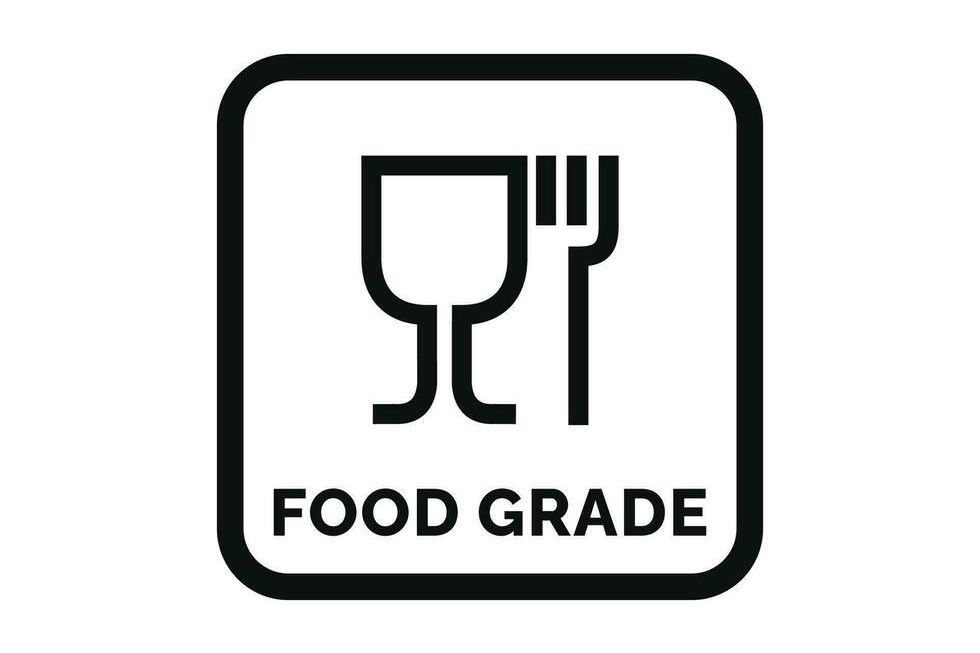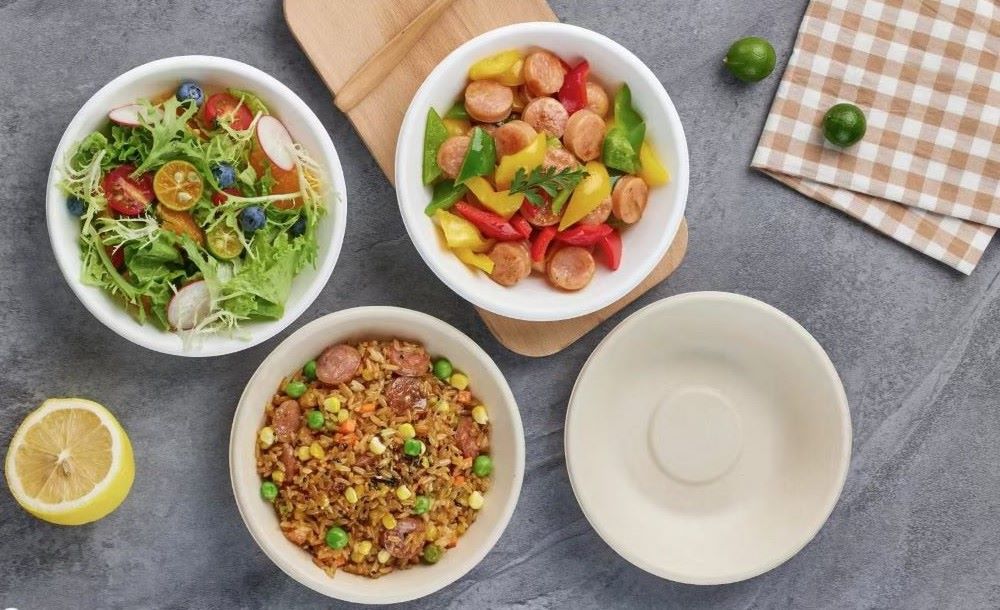Introduce
Food packaging plays a cruIntroducecial role in ensuring food safety, extending shelf life, and maintaining product integrity. Many businesses rely on food grade packaging, assuming it is completely safe for food contact. However, is food grade packaging truly safe, or are there hidden risks that could impact consumer health?
Recent studies highlight growing concerns over chemical migration from packaging materials into food. A report by the European Food Safety Authority (EFSA) found that some food packaging, despite being labeled as food grade, still contains trace levels of harmful substances. This raises a critical question—is food grade packaging enough to guarantee food safety?
What is Food Grade Packaging?
Food grade packaging refers to materials that are deemed safe for direct food contact. These materials do not contain toxic chemicals, heavy metals, or harmful additives that could migrate into food under normal conditions.
Common Types of Food Grade Packaging Materials:
|
Material |
Properties |
Applications |
Advantages |
|---|---|---|---|
|
LDPE, HDPE, PET |
Durable, moisture-resistant, recyclable |
Bottles, containers, juice boxes |
Lightweight, versatile |
|
Glass |
Non-reactive, impermeable |
Beverages, sauces, preserves |
Long shelf life, safe |
|
Aluminum, Tin |
Durable, moldable |
Cans, foil wraps, food containers |
Recyclable, strong |
|
Paper, Cardboard |
Sustainable, lightweight |
Dry goods, cereal boxes |
Eco-friendly, reusable |
|
Bagasse |
Compostable, plant-based |
Packaging for eco-conscious products |
Environmentally friendly |
|
Edible Packaging |
Seaweed-based, dissolvable |
Single-use food wraps |
Innovative, waste-reducing |
While food grade certification ensures that materials meet basic safety standards, it does not necessarily mean that all packaging is completely free from risks—especially if used improperly.
What Is the Difference Between Food Grade and Food Safe?

Many businesses assume that food grade and food safe mean the same thing, but they refer to different aspects of packaging safety. The key difference lies in materials versus finished products:
- Food Grade: Describes the raw material itself. These materials do not contain toxic substances, heavy metals, or other harmful chemicals that could contaminate food under normal usage conditions.
- Food Safe: Food safe goes a step further. A food-safe product not only uses food-grade materials but is also designed and manufactured in a way that ensures it remains safe throughout its intended use.
For example, a plastic container may be made of food-grade materials, but if it melts at high temperatures or retains bacteria due to poor design, it would not be considered food safe.
How Regulations Define Food-Grade Safety
To ensure food packaging is both food-grade and food-safe, consider the following factors:
- U.S. FDA (Food and Drug Administration) CFR21: Regulates food contact substances and migration limits.
- EU Food Contact Materials Regulation (EC 1935/2004): Ensures no harmful transfer of substances into food.
- LFGB (Germany): One of the strictest food safety certifications, testing for chemical and sensory neutrality.
- China’s GB Standards: Defines safety requirements for food contact materials.
Businesses should verify that their suppliers meet these international food safety standards and provide the necessary compliance documentation.
Is Food Grade Packaging Always Safe?

Despite meeting food grade standards, packaging can still pose risks if:
- Chemical Migration: Some plastics release harmful substances when exposed to heat or acidic foods. A study by the European Food Safety Authority (EFSA) found that certain plasticizers in food containers can leach into food at elevated temperatures.
- Microbial Contamination: If a packaging surface is porous or difficult to clean, it can harbor bacteria and mold, leading to foodborne illnesses.
- Structural Integrity Issues: Packaging that is not suited for certain conditions (e.g., freezer-safe or microwave-safe) may break down, contaminating food with microplastics or other particles.
Businesses must go beyond just choosing food grade packaging—they need to ensure proper handling and storage to maintain true food safety.
How to Ensure the Food Safety of Your Packaging
Choosing the Right Packaging
- Select certified food grade materials that comply with FDA, EU, and LFGB standards.
- Avoid low-quality plastics that may release harmful chemicals over time.
- Choose sustainable, natural materials like bagasse pulp for eco-friendly and safe packaging.
Supplier Selection Checklist
- Does the supplier provide safety certifications and test reports?
- Are manufacturing processes monitored for contamination risks?
- Do they comply with global food packaging regulations?
Proper Usage Matters
Even the safest food grade packaging can become unsafe if misused. Key precautions include:
🚫 Do not microwave non-microwave-safe plastic packaging.
🚫 Avoid storing acidic or oily foods in low-quality plastic containers.
🚫 Check for temperature resistance before using packaging with hot food.
A 2021 study in Environmental Science & Technology found that heating food in non-microwave-safe plastic can increase BPA migration by 55 times compared to cold storage. Understanding proper packaging usage is essential for maintaining food safety.
How InNature Pack Ensures Food Safety

At InNature Pack, we prioritize both food-grade and food-safe standards in our pulp-molded packaging:
✅ Bagasse-based, biodegradable food containers that are free from plasticizers and harmful chemicals.
✅ Our products meet FDA food contact standards, ensuring they do not leach harmful substances.
✅ Unlike some biodegradable materials that weaken with moisture, our packaging maintains its structure and is safe for hot, cold, and oily foods.
Conclusion
Food grade packaging is an important baseline, but true food safety depends on how the packaging is designed and used. Understanding food-safe standards, selecting high-quality materials, and following proper usage guidelines can help protect food integrity and consumer health.
Looking for safe, certified food grade packaging? Contact InNature Pack today for expert solutions tailored to your needs.

